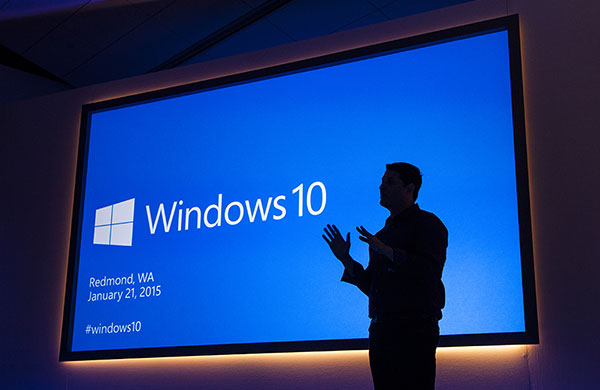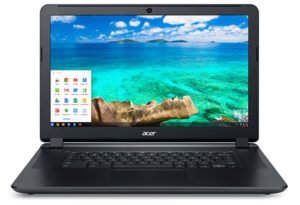Microsoft on Wednesday unveiled a slew of new features and capabilities coming in Windows 10: the convergence of the desktop and mobile; the advent of the killer universal app; more power and features for personal digital assistant Cortana, which will be on mobile as well as desktops and laptops; improvements to maps; a new browser, code-named “Project Spartan”; a strong emphasis on gaming; and holographic computing.
Windows 10 will be offered as a free upgrade to owners of devices running Windows 7, Windows 8.1 and Windows Phone 8.1 for one year after it’s released, said Terry Myerson, executive vice president of Microsoft’s Operating Systems Group.
A new build of Windows 10 will be released to Windows Insiders next week, and “after the Seahawks win the Super Bowl, we will be releasing our first build of Windows 10 on phones,” Myerson announced. Super Bowl 2015 will be held Feb. 1.
“What is most notable is that we were shown five Microsoft platforms today, and they’re all moving towards this single universal app direction, and that’s a positive for developers, even though the process of tailoring it for those platforms is still a bit unknown,” said Wes Miller, senior analyst at Directions on Microsoft.
“I imagine we’ll see more at Build,” he told TechNewsWorld.
It’s a Holo New World
Perhaps the most dazzling announcement pertained to holographic computing.
Windows 10 “will be our best enterprise platform ever, simplifying management and deployment for IT and working seamlessly with existing enterprise applications,” Myerson said.
Security will be beefed up: The hardware component “will protect against techniques used in the latest series of attacks,” he pledged.
The universal app approach lets developers target devices ranging from maker boards to Xbox One to PCs to laptops to tablets to smartphones with one platform and one app store, Myerson pointed out. “We’re making it as seamless as possible for developers to reach a large customer base.”
Further, Windows 10 will be offered as a service, he disclosed, so “the question ‘what version are you running?’ will cease to make sense.” That will make things even easier for devs.
Microsoft also is integrating IP messaging systems, particularly Skype, into its messaging app.
Microsoft Excel, Word and PowerPoint will be incorporated into Windows 10 for mobile devices, and will work exactly as they do on PCs.
“What I’m hearing is pretty compelling in terms of the convergence of tablet and phone,” IDC Program Director Al Hilwa told TechNewsWorld. “The availability of Office in a much more workable form on phablets and phones can be a game changer for how we travel and use smartphones for authoring content.”
An Xbox app will be on every Windows 10 PC and mobile device. PC, smartphone and tablet users will be able to play games live with Xbox One users.
Windows 10 will include Direct X 12, which will increase performance by up to 50 percent over Direct X 11, Myerson said. It also will have half the power consumption of Direct X 11. Hundreds of studios, including Epic and Unity, support Direct X 12.
“Our worldview … is not about mobility of any single device, but about the mobility of experiences across devices,” declared Microsoft CEO Satya Nadella. “We want to make Windows 10 the most loved release of Windows.”
Nadella underscored Microsoft’s drive into mobile, saying it “will be doing some fantastic work, from flagship phones to affordable phones.”
Microsoft “is definitely hoping that Windows 10 changes the game for them,” Directions on Microsoft’s Miller said.
Early Reactions
Nadella’s stance on mobility “is about changing the battle to the quality of the experience, which Microsoft should be able to address better than anyone else,” said Rob Enderle, principal analyst at the Enderle Group.
As for the emphasis on gaming, Microsoft is “making this a corporate initiative,” he told TechNewsWorld.
“Sony struggled with just the Xbox division,” Enderle pointed out, “Now they’ll be facing the entire consumer side of Microsoft and will have to significantly up their game.”
























































